17th century school, Van Dyck workshop
Oil on canvas with gilded wood frame
Dim .: 63 x 52 cm
Restored and re-coated
Origin
A label on the back indicates a former owner Reverend W. J. OWEN - M. A.)
The painters of the time represent the Child Jesus "frequently with the head of an adult, because he is a" puer senex ", an old child, a colorful way of representing that he is indeed the Wisdom of God" " .
From the pre-Renaissance, artists favor a naked or very lightly dressed Jesus, the sex in general quite apparent, with a more realistic child's body.
In Italy, painters draw a plumper Jesus than those in northern Europe, both for reasons of aesthetic preferences, but perhaps because of the influence of climate on the growth of infants (influence of the sun and vitamin D).
Antoine van Dyck (1592 - 1640)
He was born in Antwerp on March 22, 1592. His talent was revealed very early on and, from 1609, when he was only ten years old, Antoine studied painting with Hendrick van Balen before becoming an independent painter around 1615. He then creates his own workshop with his friend Jan Brueghel who is even younger than him.
At the age of fifteen, he was already a very accomplished artist, as shown in his Self-portrait produced between 1613 and 1614.
In February 1618, van Dyck was admitted as an Antwerp painter to the Guild of Saint-Luc. In a few years, he became the main assistant to Pierre Paul Rubens, a major painter renowned both in Antwerp and throughout Northern Europe, and who called on many artists to entrust them with the realization of certain parts of his works. canvases. The influence of Rubens on the young artist is then immense; Rubens said of van Dyck, then only nineteen, that he was "the best of his pupils."
At the same time, Rubens' dominance in the small and declining city of Antwerp at the time arguably explains why, despite his periodic returns to the city, van Dyck spent most of his career abroad.
It was in London that he saw the works of Titian for the first time, whose subtle use of color and form offered him a new stylistic language enriching the lessons learned from Rubens' compositions.
However, after four months of stay in London, Antoine van Dyck returned to Flanders before leaving at the end of 1621 for Italy, where he settled for six years. There he studied Italian masters such as Titian and Veronese, while beginning his career as a successful portrait painter.
He stayed in various Italian cities, but stayed above all in Genoa, where he decorated the sumptuous palaces of the Genoese nobles with religious paintings and portraits in which he always highlighted the important social position of his models. He then developed a style of full-length portrait, based on the style of Veronese, Titian as well as paintings that Rubens had made during his stay in Genoa.
In 1627 van Dyck returned to Antwerp for five years where he painted a large number of masterpieces. In addition, during this period, he also began to produce many religious works, including large altarpieces, and embarked on printmaking.
In April 1632, van Dyck therefore returned to London and his success in England was rapid. He is named "principal painter in ordinary of his Majesty". This title is created for him and he will have many successors until the 19th century.
Many of his paintings are produced in several versions so that they can be sent as diplomatic gifts or given to the increasingly troubled supporters of the king.
Van Dyck developed a style that combined ease and relaxed elegance with a discreet authority of his subjects that would dominate the art of portraiture in England until the end of the 18th century.
In 1640, the painter went to France to accompany Prince John II Casimir Vasa of Poland after being released from French prisons; Van Dyck fell seriously ill in Paris and had to return urgently to London, where he died shortly after in his home in Blackfriars on December 9.
Its great success forced van Dyck to maintain a large studio in London, a studio that would become "virtually a production line for portraits and other subjects".
According to some visitors, he usually made a drawing on paper which was then enlarged on a canvas by an assistant, and then painted the head himself, with the clothes made by painters in the studio and often sent to specialists. However, most of his assistants and copyists could not come close to the refinement of his style, so that, compared to many other artists, art historians quite easily came to a consensus on which works he could use. be awarded.
The names of the few well-known assistants in van Dyck's London studio are Dutch or Flemish.
With the notable exception of Holbein the Younger, van Dyck and his contemporary Diego Vélazquez were the first painters of great talent to work primarily as portrait painters at court. In a society increasingly dominated by secular rulers, portraying these richly dressed figures was a way of asserting the authority of important people.
There is a list of history paintings produced by van Dyck but none of these paintings seems to have survived, with the exception of Eros and Psyche made for the king.
On the other hand, many other works, representing religious scenes more than mythological, have survived, and if they are very refined, they do not reach the grandeur of the history paintings of Vélazquez. The oldest are in a style very close to that of Rubens. Others of his works, made in Sicily, are particularly interesting.



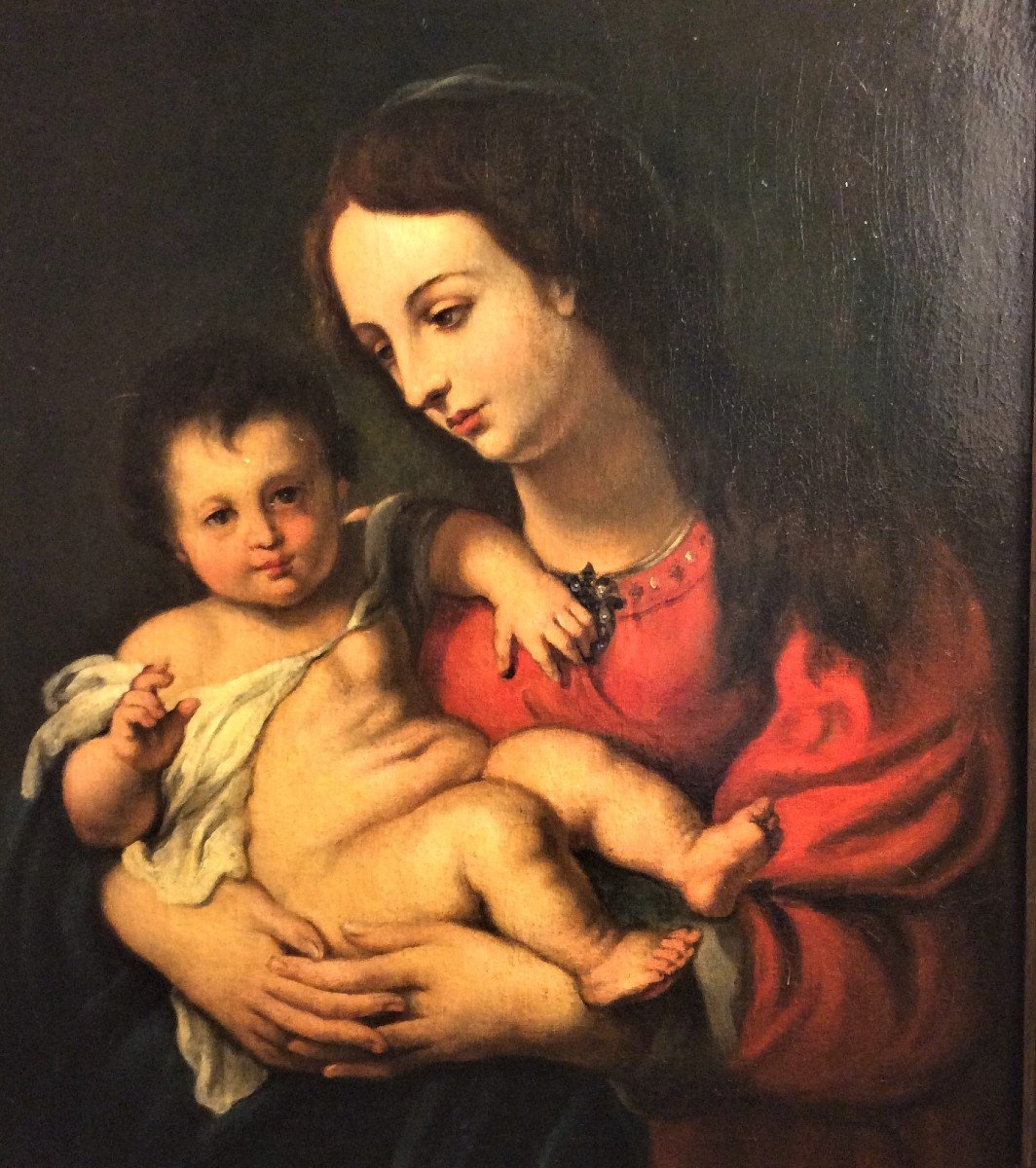


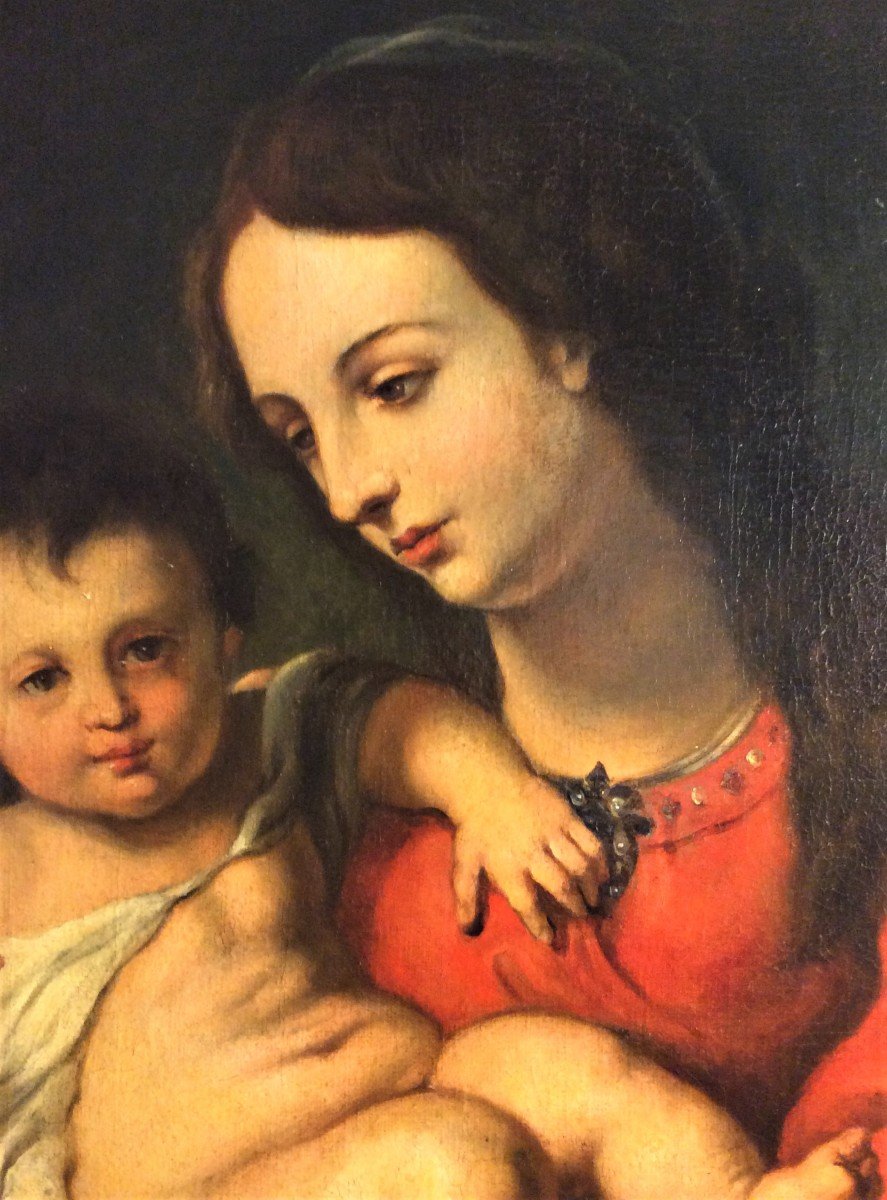
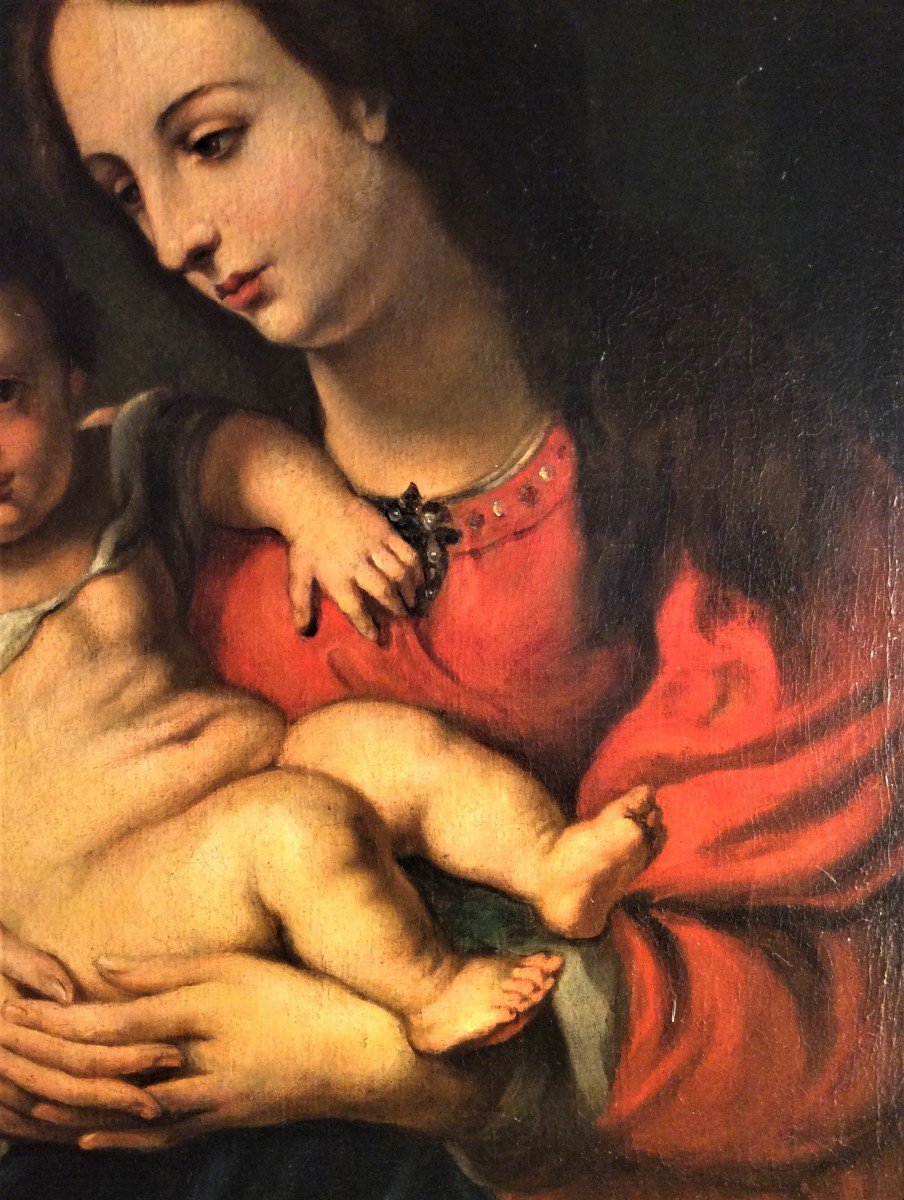
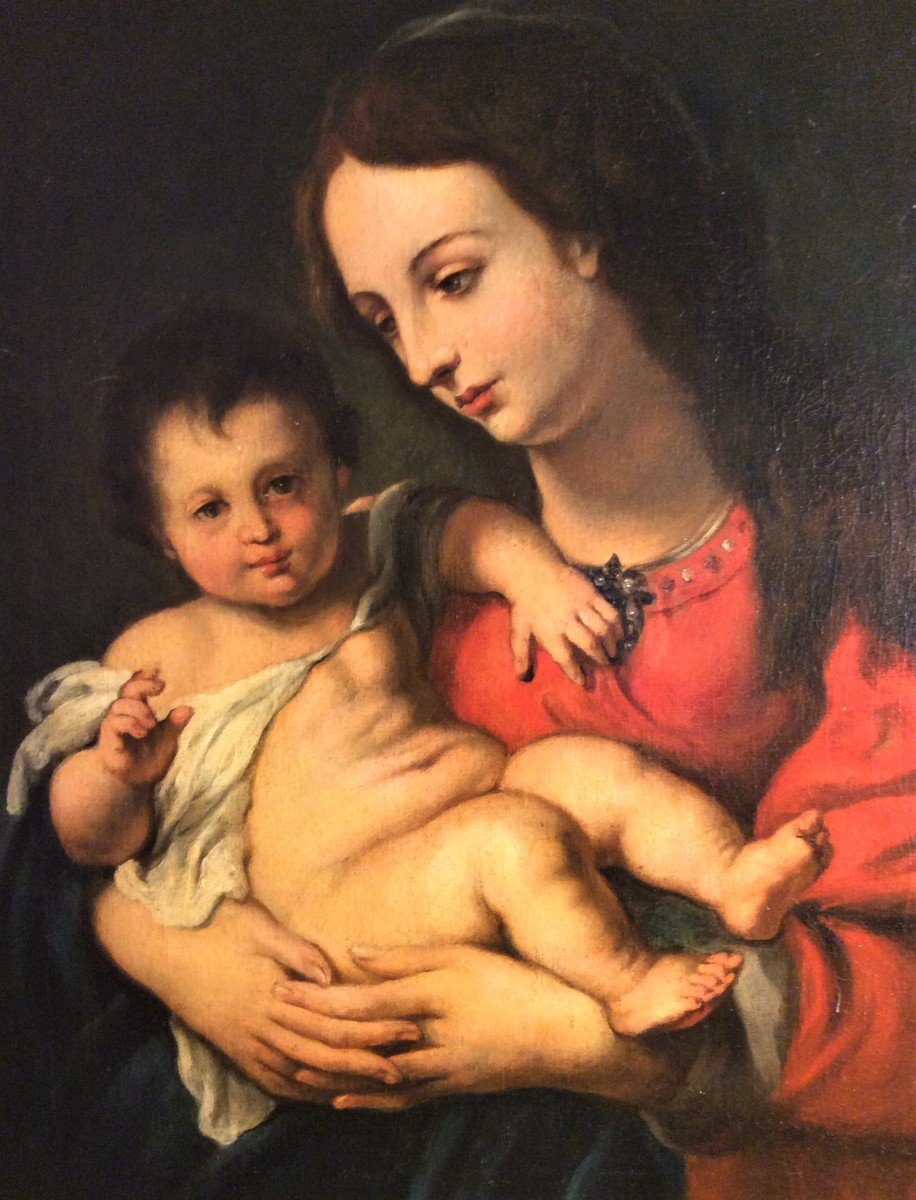

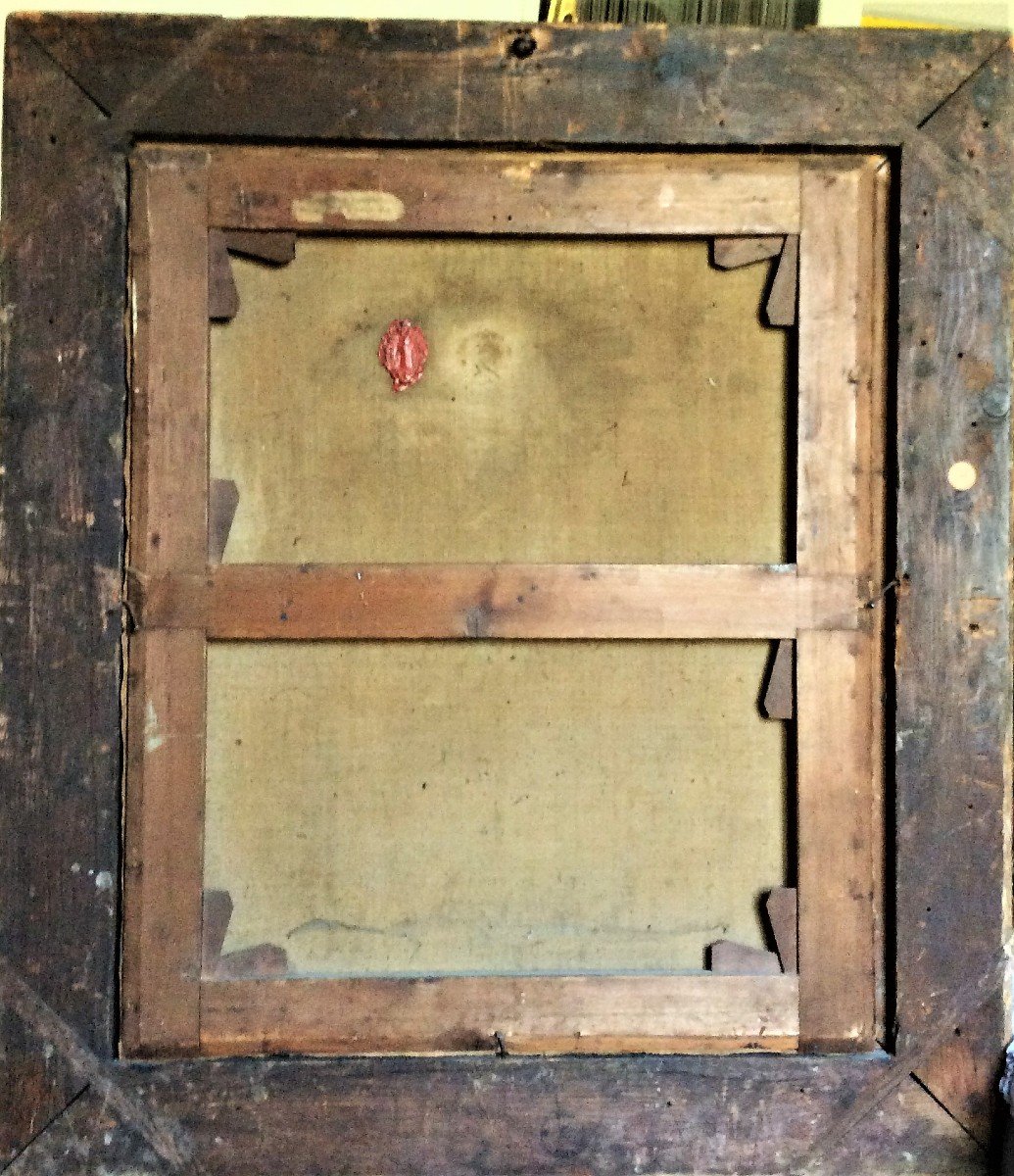
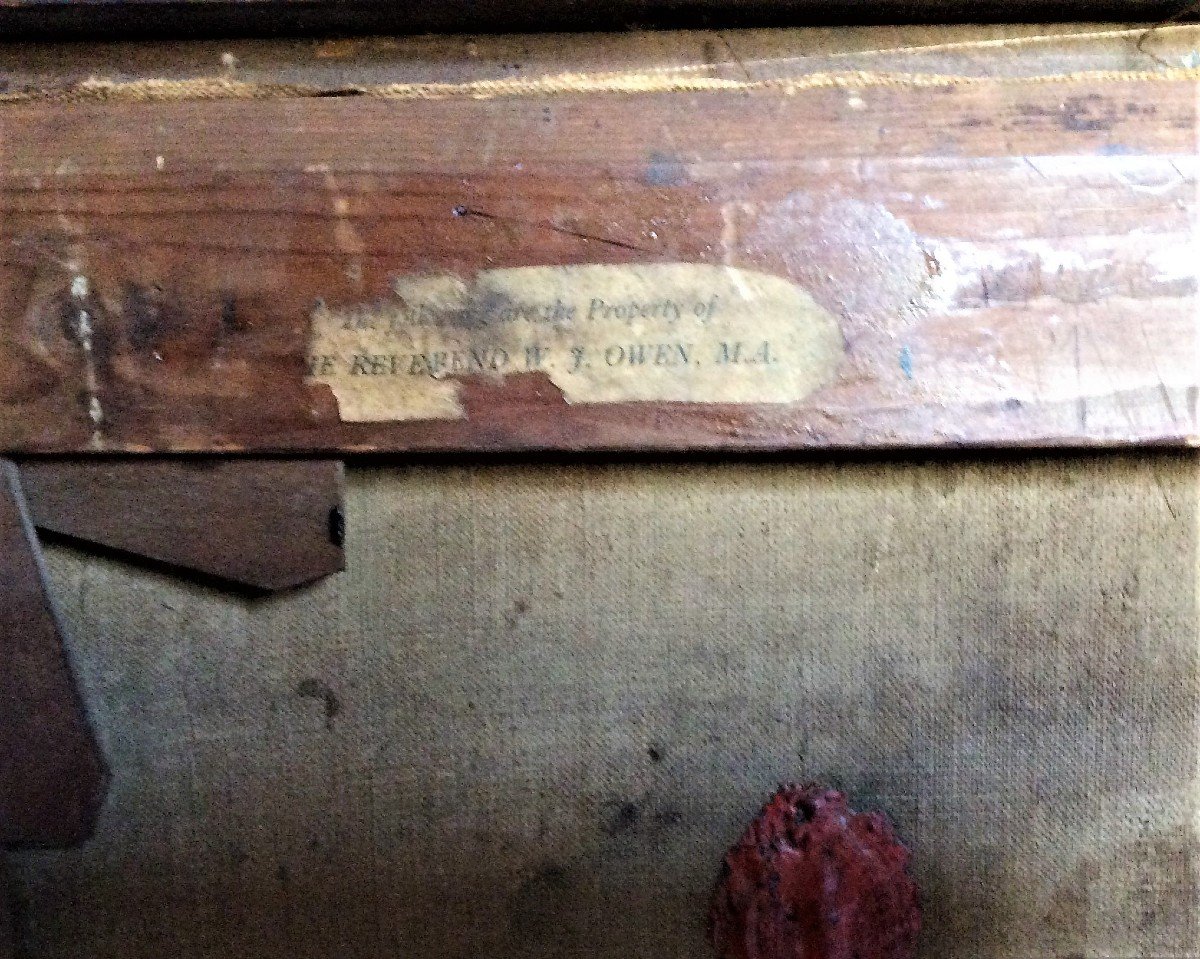
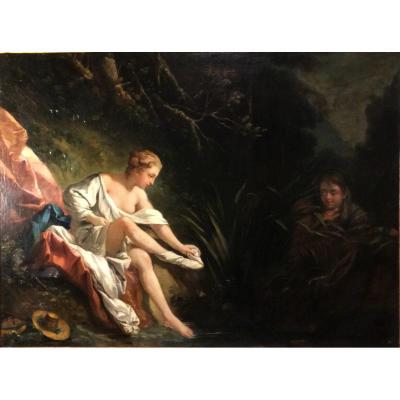

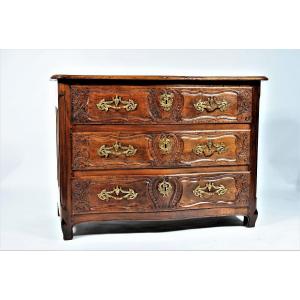
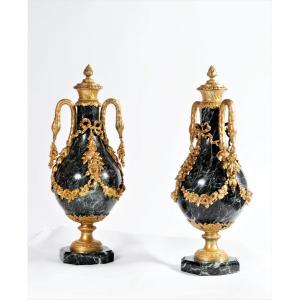
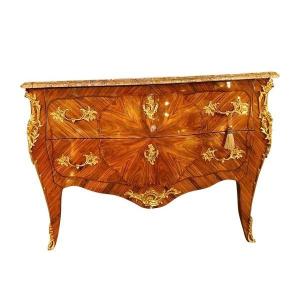

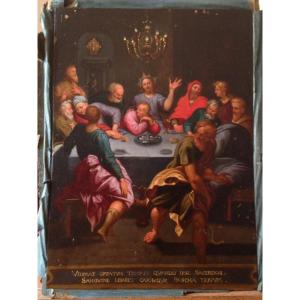
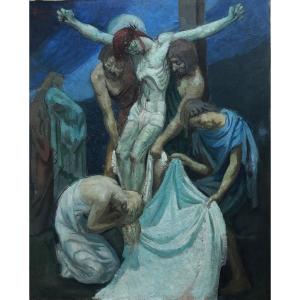

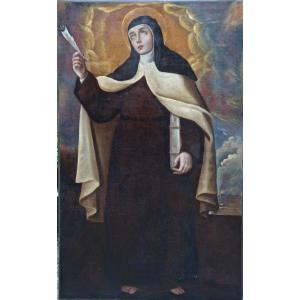
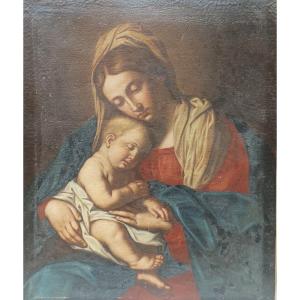




 Le Magazine de PROANTIC
Le Magazine de PROANTIC TRÉSORS Magazine
TRÉSORS Magazine Rivista Artiquariato
Rivista Artiquariato
